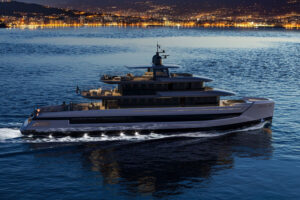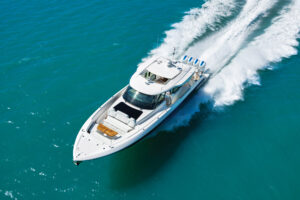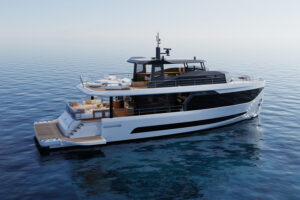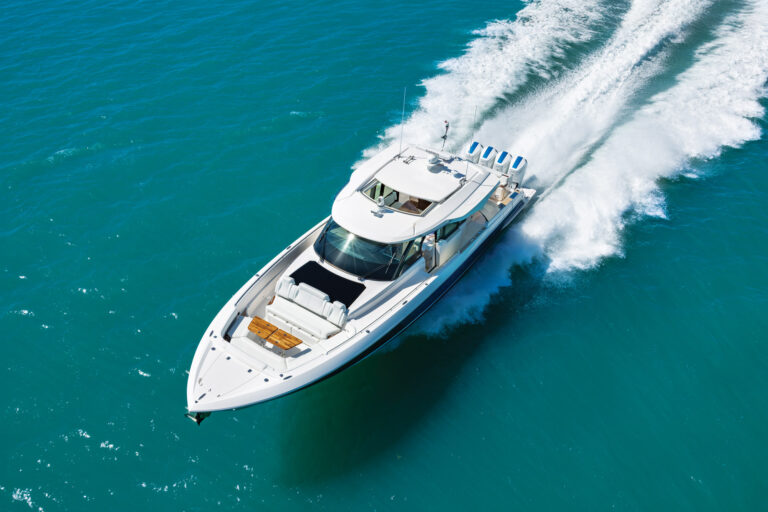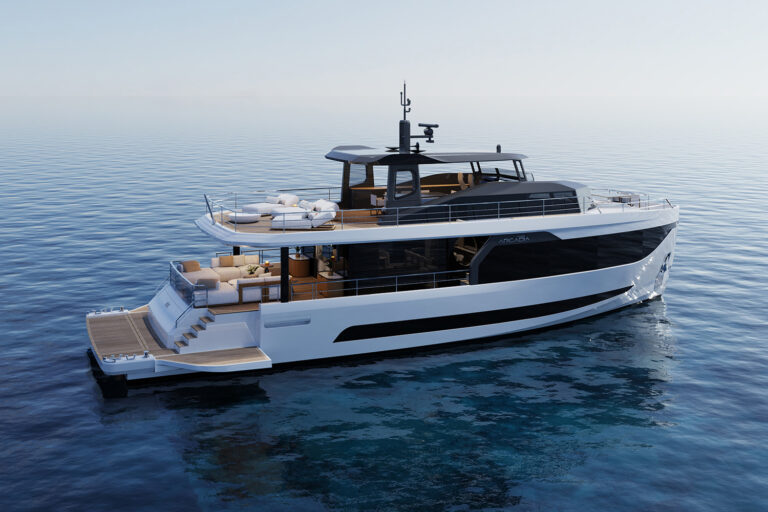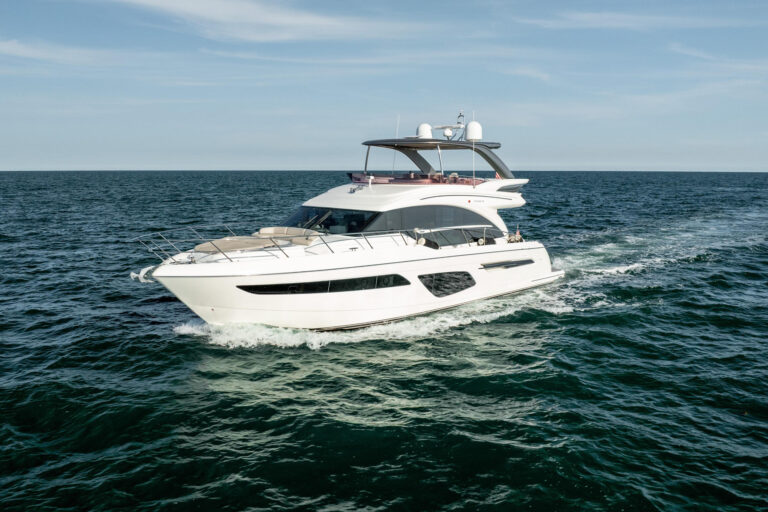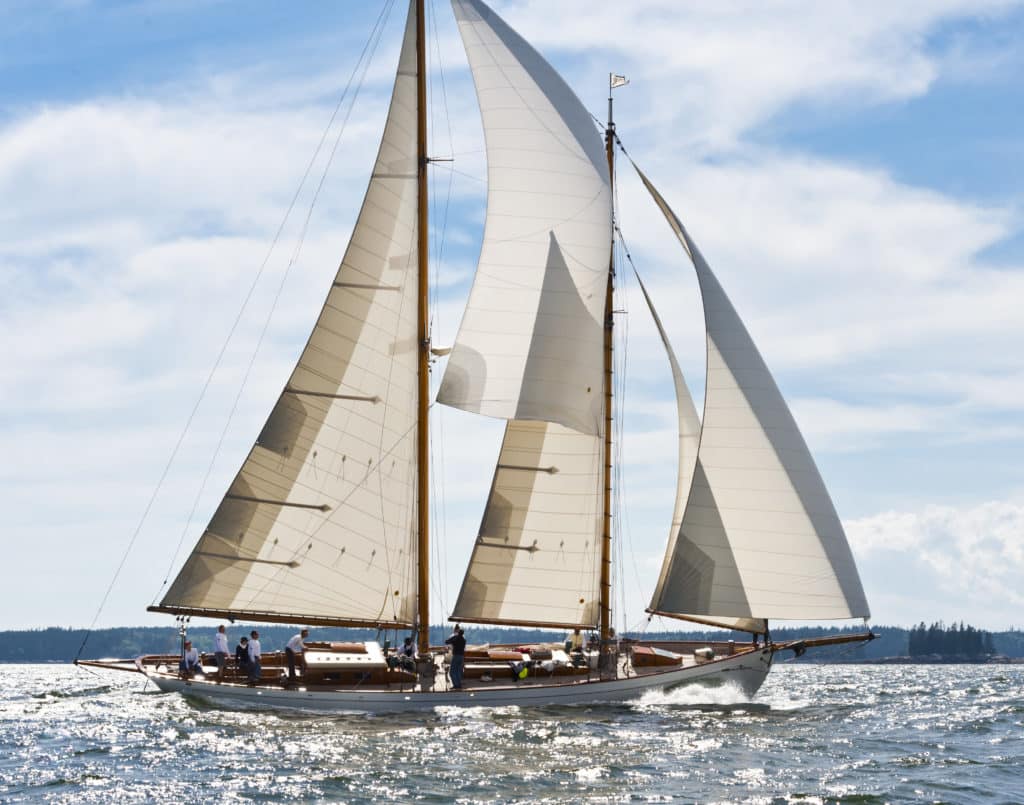

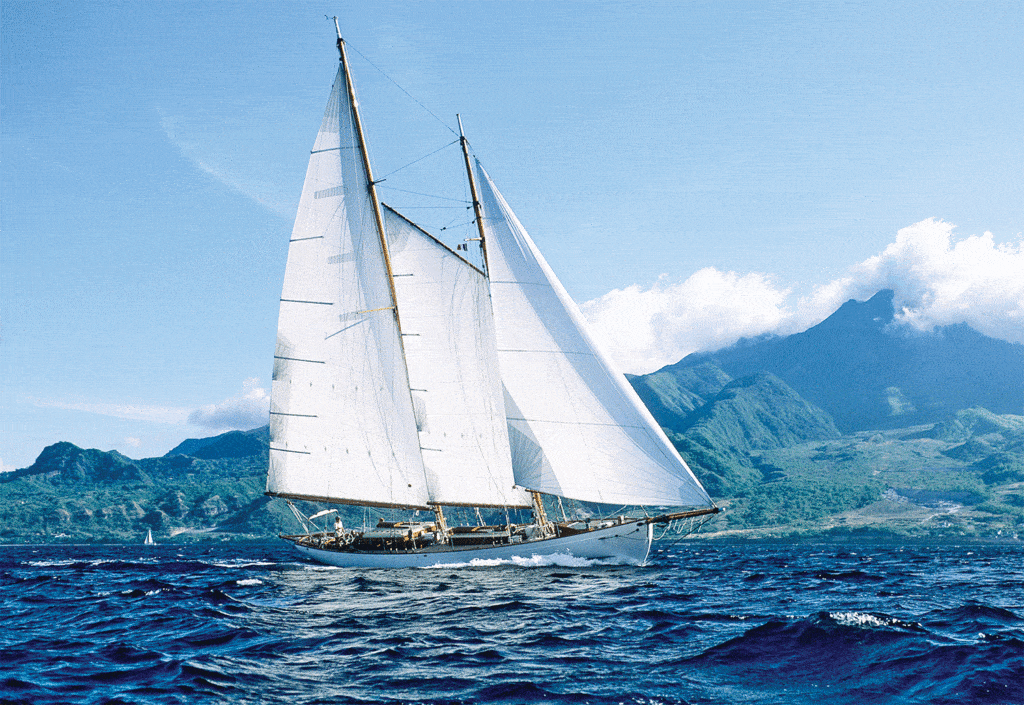
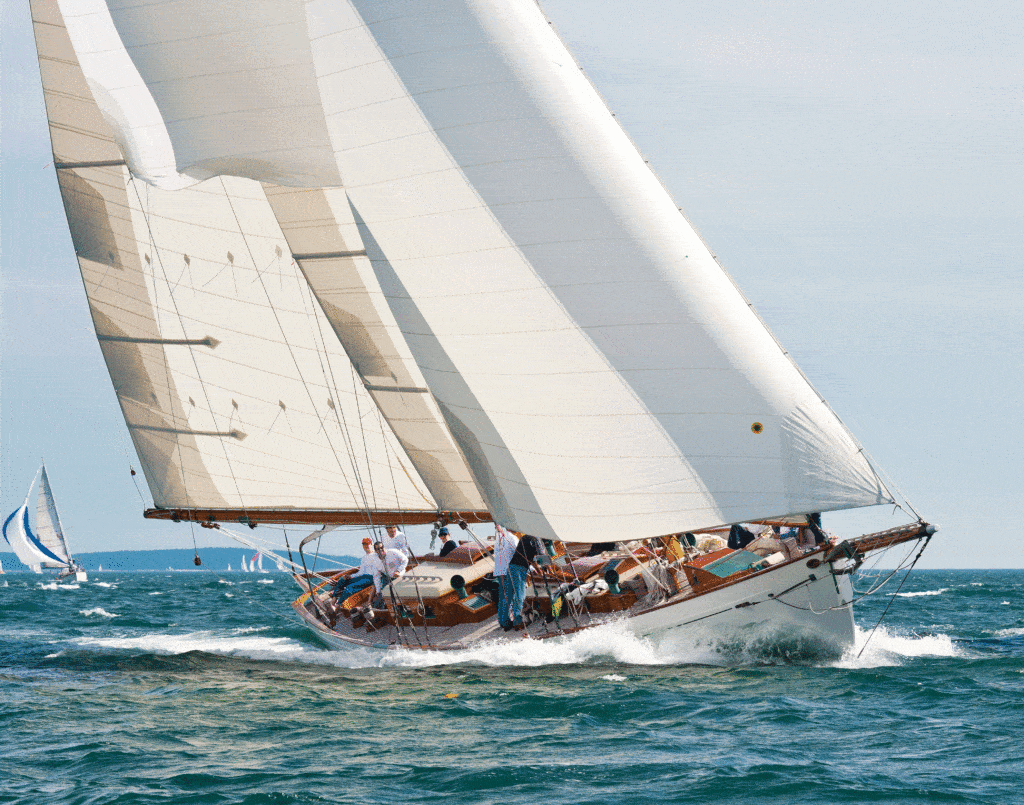


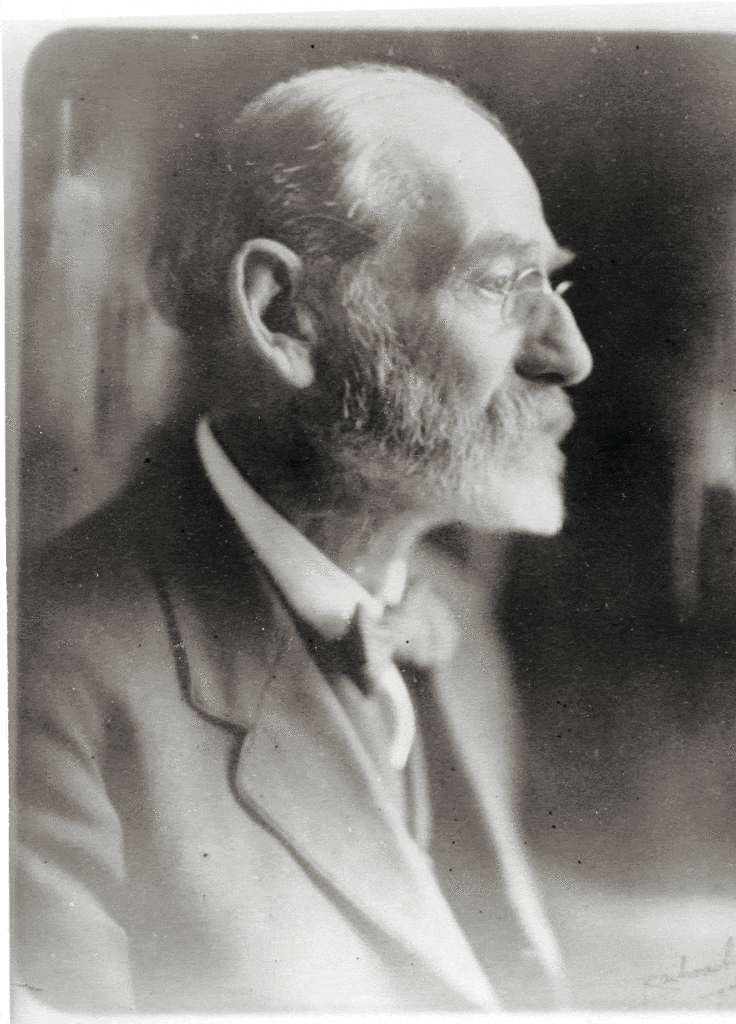


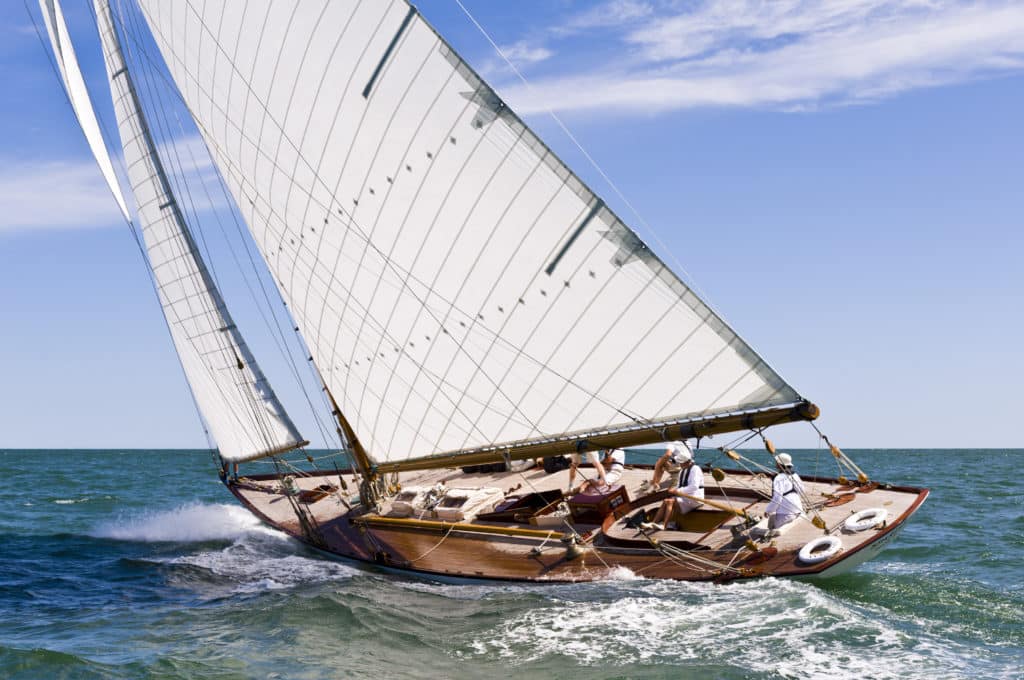
Wooden-boat building in the United States celebrated a couple of significant birthdays in 2013. The great Herreshoff New York 50 Spartan, which was rebuilt in Mystic, Connecticut, turned 100 years old, and the 65-foot schooner Juno, built on Martha’s Vineyard by Gannon and Benjamin Marine Railway, turned 10.
Although they are two different varieties of wooden sailing yacht, the resurrection of the former and the creation of the latter point to an industry that is far from being moribund. In fact, it’s poised to go well into the foreseeable future.
In Brooklin, Maine, alone, a town of 800, there are 75-plus craftsmen dedicated to the art of building wooden boats. And almost 100 more are based in midcoast Maine, including 60 who work for Rockport Marine. Simply put, wooden boats have enduring appeal.
In a world of marine construction known more for molded fiberglass than for the elegance of a hand-planed edge, being aboard a wooden boat is always memorable, especially if it’s a good one. And Spartan and Juno are certainly among the very best.
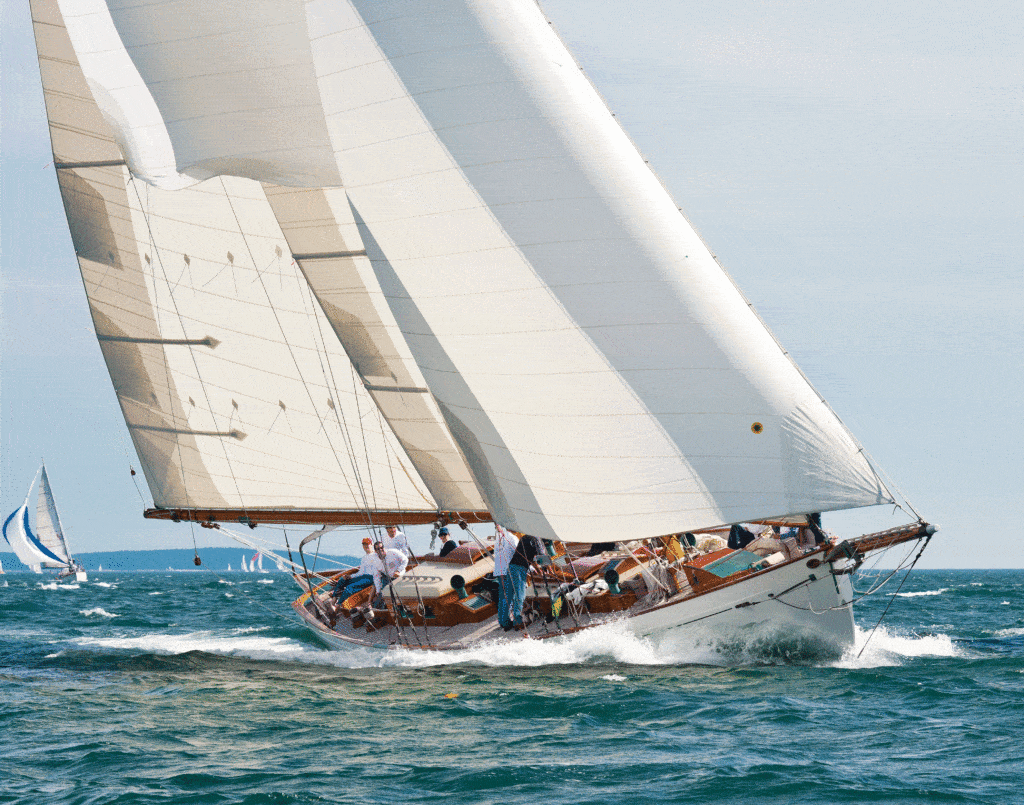
Juno’s Tale
Designed by Nat Benjamin and built by Ross Gannon and Benjamin, Juno is from a line of handsome and speedy schooners in the 60-foot range, a descendant of the 1932 Sparkman & Stephens- designed Brilliant along with Barlovento, When and If and Rebecca (also designed and built by Gannon and Benjamin).
Some of the reasons that Juno is such a great boat surely spring from Gannon and Benjamin’s experience in rebuilding When and If and designing and building Rebecca. Five feet longer on deck than Rebecca and slightly deeper for greater stability, Juno has a shapely forefoot, shorter overhangs and a greater waterline length that contribute to making her a faster boat. And she’s fast. In nine out of her 10 campaigns at the Antigua Classic Yacht Regatta, she has won her class and twice has taken the coveted overall schooner prize.
In addition, Juno has won at the Eggemoggin Reach Regatta and the Marblehead Corinthian Classic Yacht Regatta, and taken second overall in the Panerai Classic Yachts Challenge series.
Compared to many contemporary designers, Benjamin is the first to admit he is not a formally trained naval architect who simply “mouse clicks” his way through to a final design. He regards boat design as an art based on carefully looking at a wide variety of boats over a lifetime on the water. To achieve speed, he says, the proportions have to be right:
“There’s no formula; it’s not a matter of this or that percentage. Keep the weight out of the ends and put it down low, and then make sure everything you draw is intentional and in the right place.” Or as musician Sting puts it, “You have to fight for every line.”
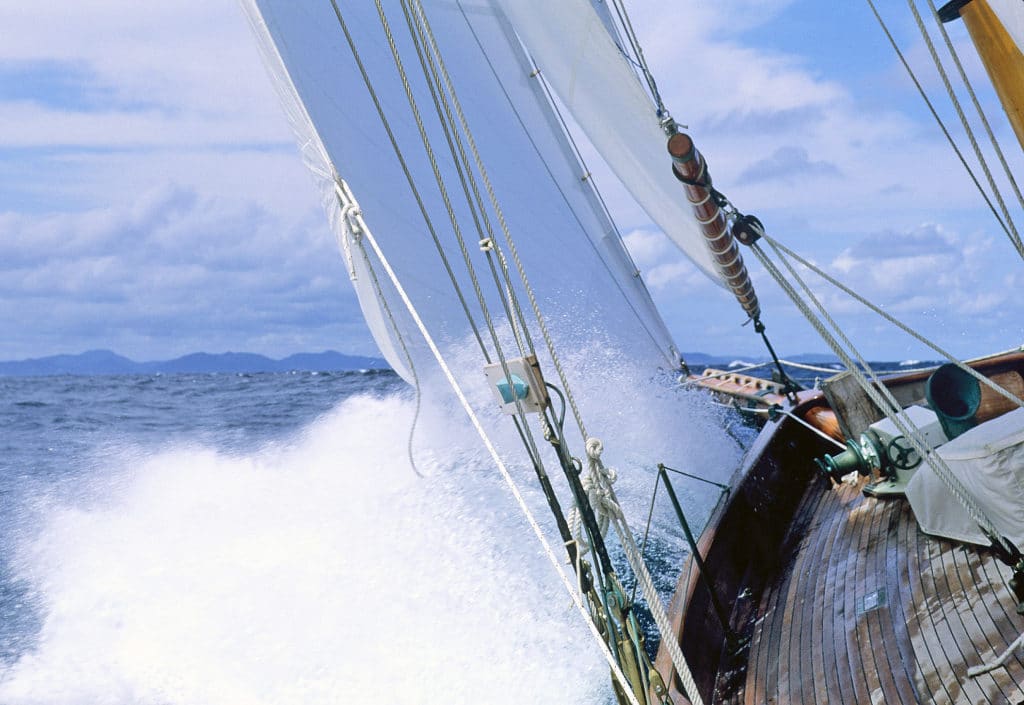
Once Juno‘s lines were down, Gannon and Benjamin decided to build her using selectively harvested tropical hardwoods from Surinam that have become a yard specialty over the years: angelique and wana for her double-planked hull, and double-sawn frames of angelique, yellow heart and Pennsylvania black locust. Instead of having a deck with silver bali like Rebecca’s, Juno sports a teak deck.
Certainly, designing a smart sailer was important to those involved, but this yacht was also intended to be a family vessel: young kids, the dog, plenty of strings to pull to keep everyone involved, the whole caboodle. Or, as her owner Robert Soros jokes, “It was the only way I could legally kidnap my children when they became teenagers.”
With the imperatives of weather and seamanship to guide them and the influence of talented boatbuilders and expert sailors as part of their lives, the teens would enjoy the simple fun of being afloat as a family, free from the temptations and clutter of life ashore.
There’s no formula; it’s not a matter of this or that percentage. Keep the weight out of the ends and put it down low, and then make sure everything you draw is intentional and in the right place. — Nat Benjamin
This is what Juno‘s owners aimed for, and 10 years later both parents believe they hit their target. Although simplicity is never far from Benjamin’s thoughts as a designer and he always aims to avoid overburdening a vessel with fragile and corroding doodads, Juno was launched with everyone’s comfort and safety in mind: pressurized hot and cold running water, a watermaker, an electric windlass, a small generator and a state-of-the-art navigation package.
The owners also wanted what might be thought of as the Gannon and Benjamin Effect. They had seen Rebecca launched on the Vineyard when their kids were little, and they had sailed on the schooner When and If out of Vineyard Haven after she was rebuilt in the early 1990s.
The Soroses came to admire just what Benjamin and Gannon and their merry band of wooden-boat builders mean to the island, written out in scores of sailboats swinging at moorings in Vineyard Haven Harbor.
Besides boats, there are subtler aspects of the “effect”: There are the slightly ramshackle boatyard where the construction miracles take place and the comings and goings of shipwrights in their Carhartt work clothes and dented-up cars, all potent reminders that before there were high-intensity leisure and presidential golf on Martha’s Vineyard, this was a place of hard work and hard-won skills. And it was a place that professional sailors, who regularly sailed the oceans of the world, called home.
Rather than buying an existing classic or ordering a boat from someplace else, it was this effect that compelled the Soros family to go with Gannon and Benjamin to build their new boat. The decision represented a vote of confidence for both Gannon and Benjamin as well as for the island of Martha’s Vineyard. With Gannon and Benjamin, the family wouldn’t get a fussy museum piece or seagoing Steinway, but a boat that was just itching to be used.
“They’re pragmatists,” says Melissa Soros of Ross Gannon and Nat Benjamin. “Their level of technology is practical and never more than we need. They do what they do and we signed on.” Or as Benjamin puts it, “We go for the grace, not the glitter.”
They may not go for the glitter, but Juno is a yacht that shines as brightly today as she did the day she launched.

The Rebirth of Spartan
A beast of a Herreshoff classic, Spartan began her life in 1913 as part of a New York Yacht Club class of boats that measured 50 feet 8 inches on the waterline and 72 feet length overall.
At a time when wealthy moguls learned to play nicely enough with each other to invest money in a one-design class of large boats, rather than insisting on custom expressions of their invincible individuality, the New York 50s ruled the waterfront with their sweeping overhangs and huge sail areas.
For a decade, they raced together on yacht club cruises and various ’round-the-buoy events along the East Coast.

Then tastes changed. The boats — with their monstrous gaff-rigged mainsails, jackyard topsails and headsails adding up to 3,564 square feet of sail — were quite a handful on the racecourse, as were the half-dozen or so professional sailors necessary to get them around the buoys.
To ease sail handling and, in turn, reduce costs, the boats were rerigged as Marconi ketches and yawls. The New York 50 class ceased to be as various owners with varying strategies, bank accounts and standards of maintenance rode one 50 after another to the end of the watery trail. By the late 1980s, only Spartan remained.
Fortunately, she was owned for many years by a knowledgeable and committed yachtsman named Alan Pease, who realized that a full restoration was required. In 1981, he put her in the experienced hands of Ed McClave and Ben Philbrook.
These craftsmen had mastered the construction techniques shown on the original Herreshoff plans. Also, through the process of rebuilding more than two dozen Herreshoff yachts over a couple of decades, this duo had learned many of the construction nuances that, while not actually noted on Nathanael Greene Herreshoff’s plans, were common practice around the Herreshoff Manufacturing Co. shops.
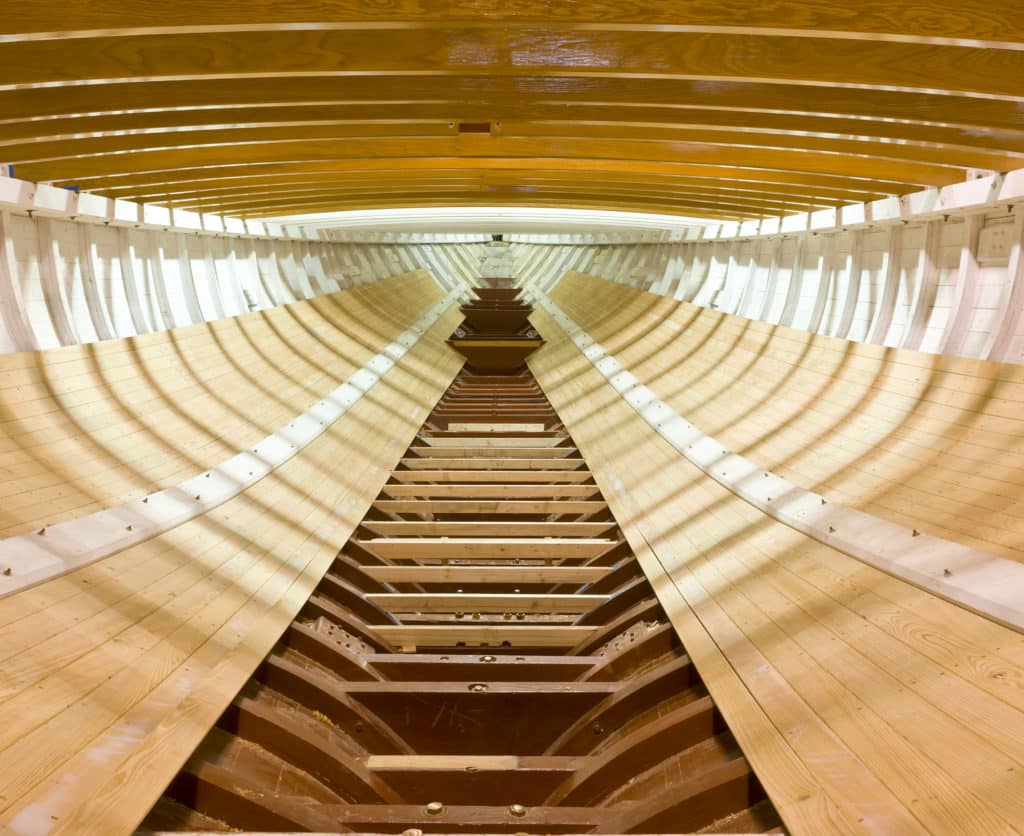
They represented the Herreshoff restoration gold standard. If you wanted a pure Herreshoff restoration, then McClave, Philbrook and Andy Giblin, who joined the team during the project, were, and still are, the guys.
Over the course of two decades and with funding from two different owners, Spartan was totally restored into the greyhound she is today.
The first phase, which Pease financed, accomplished the basics: new frames, floor timbers, planking, deck beams and the stem. But by 1989, Pease’s yacht restoration funds were pretty well tuckered out.
In 1992, he had her trucked to the Herreshoff Marine Museum in Bristol, Rhode Island, and set her up on its front lawn in hopes of attracting a “qualified” buyer.
It took 13 years, but when Victor Paul and Charlie Ryan came along and agreed to have Spartan returned to McClave, Philbrook and Giblin for phase two, Pease let her go.
The next stage of refit involved building a new deck, restoring her belowdecks woodwork, creating new spars and sails, and installing a diesel engine. It was an undertaking so massive that the billing records for the job take up four file cabinets. McClave’s structural drawings run into the millions of megabytes.
Thirty years ago, no one familiar with wooden boats would have dreamed that such a detailed and exacting project on such a massive scale was possible. Now, Spartan is tearing around the racecourse as stunningly beautiful as if she had never left it.


